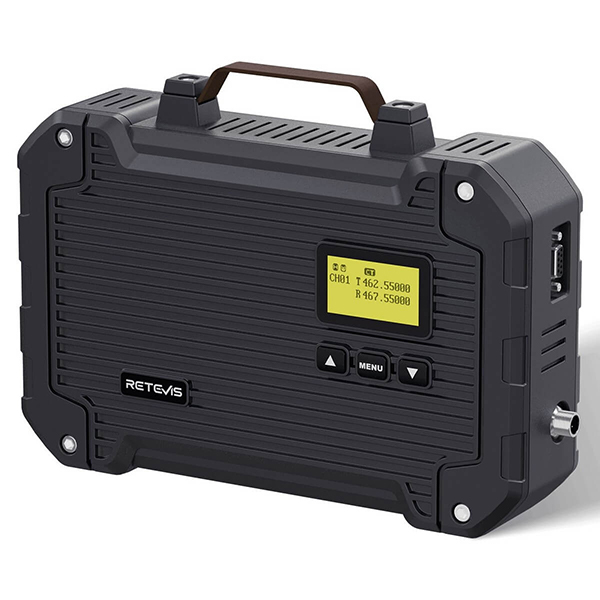How GMRS Repeaters Are Revolutionizing Communication for Remote Areas

How GMRS Repeaters Are Revolutionizing Communication for Remote Areas
Introduction: Bridging the Connectivity Gap
In regions where cellular coverage disappears and internet access is nonexistent, GMRS repeater technology is transforming communication possibilities. These GMRS signal boosters (General Mobile Radio Service relay stations) are providing reliable, long-range connectivity to rural communities, wilderness areas, and developing regions at a fraction of traditional infrastructure costs.
This article explores how modern GMRS communication repeaters overcome geographical barriers, their technical advantages over satellite alternatives, and real-world implementations changing lives in isolated locations.
The Technical Breakthroughs Enabling Remote Connectivity
1. Extended Range Through Strategic Placement
GMRS relay devices placed on mountain peaks/masts achieve 50-80 mile coverage
Compared to standard 2-watt handhelds (1-2 mile range)
Each repeater station can serve 500+ square miles
For example, RT97L has 16 channels to choose from, which can allow information to be sent to farther places.
3. Low-Power Consumption Design
-
Modern GMRS repeater stations consume only 50-100W
-
Can run 24/7 on:
Solar panels (200W system)
Micro-hydro power
Wind turbines
Overcoming Common Challenges
Challenge: Power Reliability
-
Solution: Hybrid solar/wind systems with supercapacitors
Challenge: Limited Technical Expertise
-
Solution: Pre-configured GMRS repeater packages with color-coded connectors
Challenge: Initial Funding
-
Solution: USDA rural development grants cover 60-80% of costs
The Future of Remote GMRS Technology
Emerging innovations will further enhance GMRS repeater networks:
-
AI-Powered Signal Optimization: Automatically adjusts parameters for changing conditions
-
Mesh Networking: Multiple repeaters self-organizing into intelligent systems
-
IoT Integration: Environmental sensors transmitting data via GMRS relay channels
Conclusion: Democratizing Connectivity
GMRS repeater stations are proving that reliable communication needn't depend on billion-dollar infrastructure. By combining proven radio technology with modern innovations, these systems are:
Empowering isolated communities
Saving lives
Boosting productivity in rural industries







